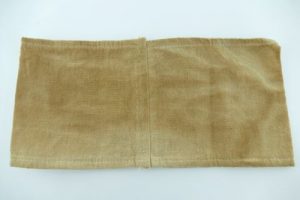

Until March 1915, the blockade was restricted and followed the pre-war agreements. The Allies increased their blockade of the Central Powers throughout the war.

Between 19, more than 80 percent of the main imports of the industrial western countries ( Great Britain, Germany, France and the United States) consisted of raw materials and foodstuffs. This strategy was key because the European war economy depended heavily on overseas trade. The main objective was to deprive the belligerent countries of raw materials essential to their war efforts. The economic war was increasingly linked to the conflict. Table 4: Linseeds production (in thousands of hundredweight) Table 3: Oil production (in millions of metric tons) Table 2: Coal and lignite production (in millions of metric tons) Table 1: Ore production (in millions of metric tons) In 1916, the coal production was 60 percent of its 1913-1914 level and 25 percent in 1918. In the Ottoman Empire, the Russian bombing of the Eregli coalmines on the Black Sea added to the mobilization of workers and contributed to decreased production, as many workers left the coalmines to join the army. Likewise, on the Eastern Front, damage from the war contributed to reducing the production of raw materials. The frontline crossed the coal basin in northern France so that the colliers of Bethune had to work several days and nights under enemy shelling. Before the war, this area produced 75 percent of the French coal production, 81 percent of the iron, 63 percent of the steel, 85 percent of the linen, 94 percent of the wool, and 75 percent of the sugar. Following the invasion and occupation of northern and eastern France by German forces, France lost 14 percent of its industrial output. As early as August 1914, France was one of the most devastated countries. The outbreak of the war shrank the industrial capacity and led to massive devastation and destruction. The struggle for raw materials between the belligerents also affected the structure of global markets for these products. To solve it, the belligerent states set up administrations to control, requisition and deliver raw materials to consumers. The new balance between the consumption and the production of raw materials, in addition to transport difficulties, triggered a general supply crisis. As each country attempted to reinforce its armament factories, economic warfare made it increasingly difficult to import raw materials. The First World War was an industrial war that demanded large amounts of weapons and ammunition. These countries’ consumption of industrial fuel and raw materials (coal, oil, wood, ore, cotton, wool, leather, etc.) was increasing, and they imported these goods from all over the world. By the time the First World War broke out, the Second Industrial Revolution had greatly increased the industrial output in Western Europe and the United States.


 0 kommentar(er)
0 kommentar(er)
